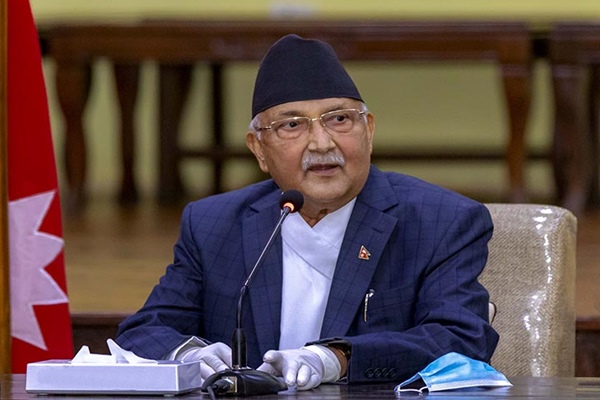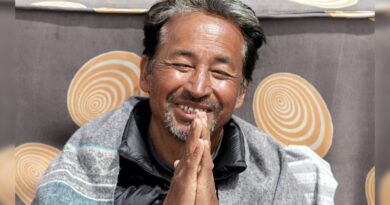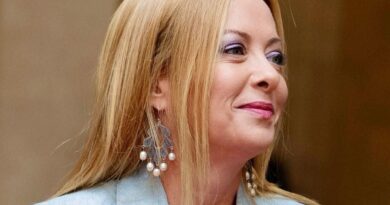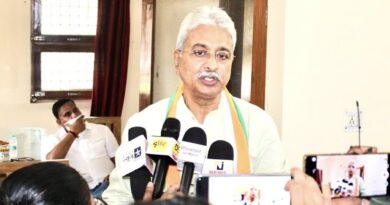Nepal in turmoil: Prime Minister Oli resigns amid deadly protests
KP Sharma Oli steps down after violent clashes kill 20, as Gen-Z protests over corruption and social media ban shake the nation.
Kathmandu, Nepal – Prime Minister KP Sharma Oli announced his resignation on September 9, 2025, following a wave of violent protests that claimed 20 lives and injured over 300 across Nepal. The unrest, driven by Gen-Z activists demanding action against corruption and the reversal of a social media ban, has plunged the country into its worst political crisis in two decades. Oli’s exit, confirmed after an all-party meeting at 6 PM, marks a turning point in Nepal’s volatile political landscape, raising questions about governance, accountability, and the path forward.
What Sparked the Crisis?
The protests, led by the NGO ‘Hami Nepal,’ began as a response to a government ban on 26 social media platforms, including X, imposed to curb dissent. However, the movement quickly escalated into a broader outcry against systemic corruption, unemployment, and governance failures under Oli’s leadership. On September 8, clashes between security forces and protesters in Kathmandu, Pokhara, Butwal, and Itahari turned deadly, with police firing tear gas and live ammunition. At least 17 deaths were reported in Kathmandu alone, with two in Itahari and one in Dharan, according to the Health Ministry.
The violence prompted Home Minister Ramesh Lekhak to resign on September 8, citing moral responsibility for the deaths of 20 student protesters. Opposition parties, including the Nepali Congress and CPN (Maoist Centre), and public outrage pinned the blame on Oli’s heavy-handed response. Protesters stormed restricted zones, including Parliament premises, and torched the residence of Communication Minister Prithvi Subba Gurung, intensifying the crisis. Agriculture Minister Ram Nath Adhikari also resigned, denouncing the government’s crackdown.
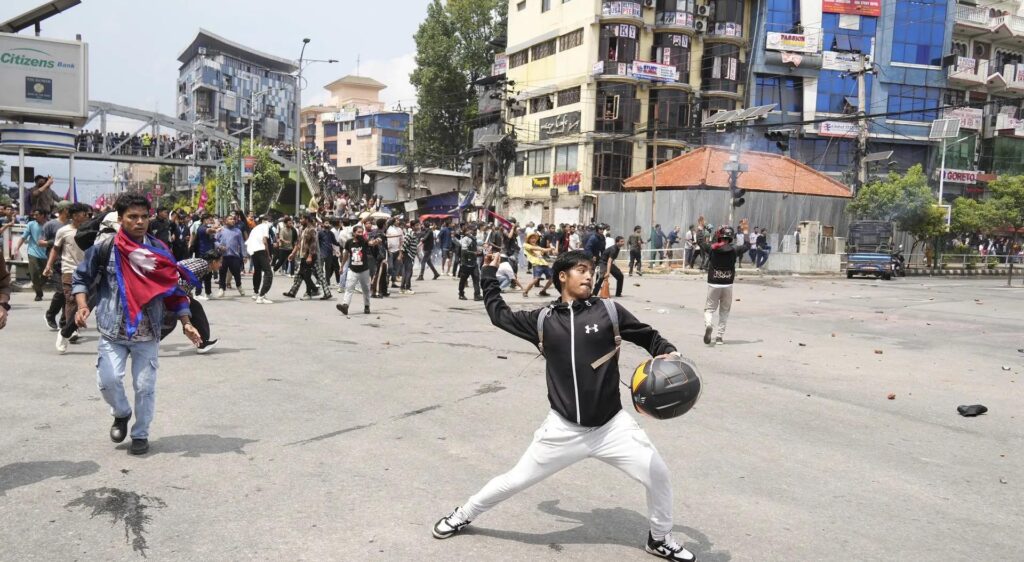
Why Did Oli Resign?
Facing mounting pressure, Oli called an all-party meeting on September 9, as reports suggested he would step down. “I am in dialogue with relevant parties to find a meaningful conclusion. I humbly request all brothers and sisters to remain calm,” Oli stated before the meeting. Sources indicate he tendered his resignation to President Ram Chandra Poudel, citing the need to restore stability. The decision came as opposition parties and Gen-Z protesters demanded the government’s dissolution, with curfews imposed in Kathmandu, Lalitpur, and other districts to curb further violence.
Oli’s resignation aligns with Nepal’s constitutional provisions under Section 77(1), which mandates a prime minister’s exit upon losing majority support or submitting a written resignation. The CPN (UML) leader, in his fourth term since July 15, 2024, struggled to maintain coalition unity amid criticism of his administration’s handling of the protests and allegations of corruption.
What Are the Protesters’ Demands?
Beyond lifting the social media ban, which the government agreed to reverse late on September 8, Gen-Z protesters have outlined three key demands: Oli’s resignation, a ban on previously failed leaders returning to public office, and the creation of an independent watchdog to combat corruption and abuse of power. The movement, unprecedented in its scale, has drawn comparisons to Nepal’s historic uprisings in 1950, 1990, and 2006, though the state’s response—killing 20 in a single day—marks a grim milestone.
Nepali Congress General Secretary Gagan Kumar Thapa emphasized, “The prime minister must take full responsibility for this tragedy.” Senior Congress leader Shekhar Koirala called for the party to exit the coalition government, reflecting growing discontent within Oli’s allies.
How Did the Government Respond?
Oli’s administration faced criticism for its delayed response and lack of condolence for the victims. Late on September 8, Oli claimed the protests turned violent due to “infiltration by certain elements” and defended security forces’ actions as necessary to protect constitutional institutions. The government formed a probe committee to investigate the clashes, but this did little to quell public anger. The army was deployed to safeguard Oli’s residence and office in Baluwatar, underscoring the severity of the unrest.
The social media ban, a flashpoint for the protests, was lifted after intense pressure, with Minister Prithvi Subba Gurung announcing the decision post-cabinet meeting. However, Oli’s refusal to step down immediately and his insistence that ministers publicly support the ban deepened public distrust.
What Is the Political Context?
Nepal’s political instability is not new. Oli, the 45th prime minister, has led a coalition of the CPN (UML) and Nepali Congress since July 2024, following the collapse of Pushpa Kamal Dahal’s government. His fourth stint was marked by efforts to balance relations with India and China while addressing domestic economic challenges. However, the protests exposed deep frustrations with Nepal’s political class, with 70% of its 30 million population under 40 and increasingly vocal about governance failures.
The resignations of Lekhak and Adhikari, combined with Oli’s exit, signal a fracturing coalition. The opposition, backed by the CPN (Maoist Centre) and CPN (Unified Socialist), is pushing for early elections, while the Rastriya Swatantra Party (RSP) has echoed calls for Oli’s resignation.
What Lies Ahead?
Oli’s resignation paves the way for a new prime minister under Article 76 of Nepal’s Constitution, requiring the president to appoint a leader with majority support in the House of Representatives within 30 days. If no coalition forms, the leader of the largest party—likely from CPN (UML) or Nepali Congress—will assume the role but must face a confidence vote within 30 days. Failure to secure confidence could trigger elections within six months.
The crisis has highlighted Nepal’s need for systemic reforms, including stronger anti-corruption measures and youth engagement in governance. With curfews in place and protests ongoing, the next government faces the daunting task of restoring trust and addressing the Gen-Z movement’s demands.

